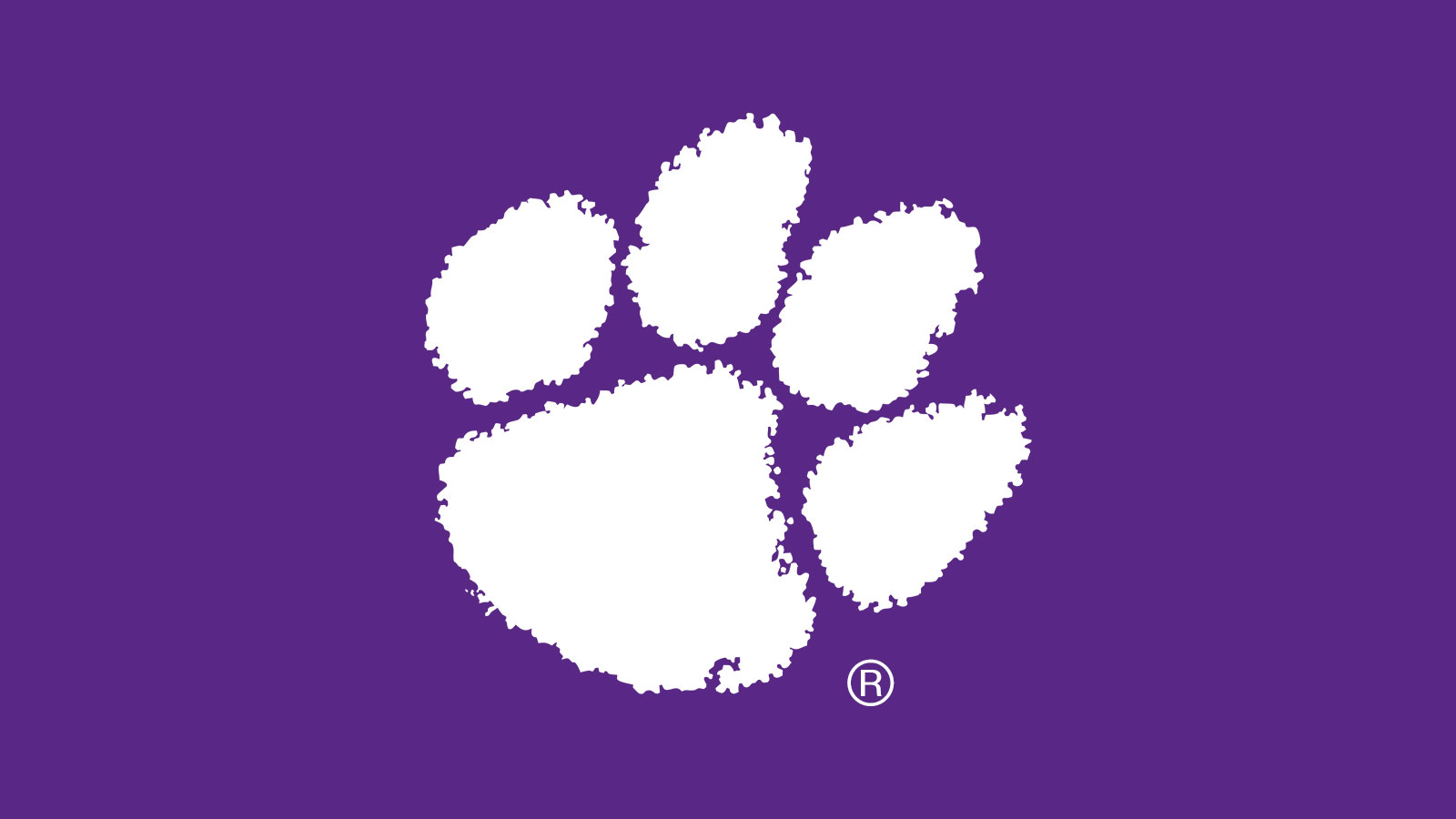

CLEMSON – Not even COVID-19 could stop a group of Clemson University students from working with Upstate middle-schoolers to instill a sense of wonderment for the marvels of scientific exploration.
CU INVESTors (Inclusive Excellence in Science and Technology) was founded by Meredith Morris, a faculty member of the Eukaryotic Pathogens Innovation Center. The program for undergraduate students, which began in 2014 with four Clemson students, currently includes three times that many.
The program’s goal is to “cultivate an interest in science for young students who may not realize their untapped potential for a future in the subject.” The Clemson students partner with public schools around the Upstate, going into the classrooms and engaging young pupils with interesting scientific experiments.
Or at least this is what they were doing before the 2020 coronavirus pandemic threatened to bring the program to a temporary halt. Morris credited her students with coming up with a solution to continue the program.

“I can’t get this new technology down, but they were like ‘we’ve got this,’ ” said Morris, an associate professor in the Department of Genetics and Biochemistry.
Clemson student Abreigh Youngblood, the INVESTors’ current coordinator and liaison, explained that the group took advantage of technology such as the popular Zoom online platform to work remotely with its partners at McCants Middle School in Anderson and Lakeview Middle School in Greenville.
“Over the summer I worked with a camp that didn’t get to take place, so I started an online camp and adapted the idea for the INVESTors,” Youngblood said.
One problem was that each school had a different schedule for in-person learning. The group overcame this by recording the remote sessions so that the students from each school could see the experiments being conducted.
“All of this was done via computer. With the kids at McCants, we got to interact with them live,” said Youngblood, who was able to conduct her operation using high-tech classrooms and monitors in the Watt Family Innovation Center. “We spent all day live and in sessions with those classes doing experiments, teaching lessons – just doing things we’d usually do in person.”
While the program would normally put Clemson students physically in the classrooms to direct the middle-schoolers, Youngblood said that this semester they sent all the needed materials directly to the middle-school teachers, enabling them to help out on their end.

“It was really challenging to get all the materials passed out to the students, but it turned out to be really successful,” Youngblood said. “We tried to make it as easy as possible for those teachers by packaging everything that each individual student would need, and it was actually much more successful than I had hoped. The teachers have been great and we’re really appreciative of them.”
Youngblood said the program is important because it can reach students as they are starting to make decisions about their future studies.
“Science is painted as so scary,” she explained. “As a middle-schooler, I could never have imagined myself going to Clemson University to study genetics. I think it’s so important for kids to have people to look up to – especially people in minority groups – to be able to see that there’s someone like me who is pursuing something that seems so hard.”
Morris said she designed the program with fun experiments that would appeal to a diverse audience. One example is a presentation on “Magic Mud” that helps young students understand atoms and the building blocks of matter.
“I wanted the Clemson students to work with kids who didn’t have a lot of experience with science,” Morris said. “By the time students get to high school, most of them are already set on a learning track. But in middle school, most of the students still really know what they want to study.”
Get in touch and we will connect you with the author or another expert.
Or email us at news@clemson.edu
